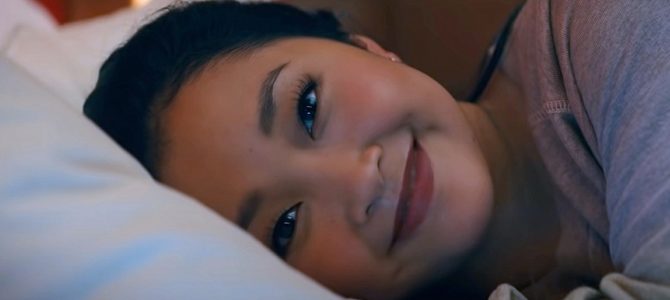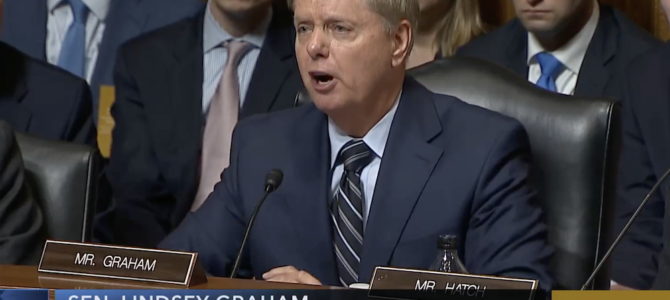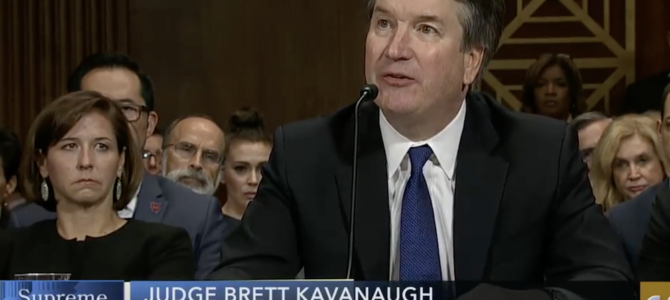
Usually, I stay away from “young adult” (YA) romance because most are tacky and predictable. Since I have four nieces, however, and two will be soon entering their teenage years, I turned to the “To All the Boys” series over the weekend for a guide on things to expect. Netflix recently released the third and final film adaptation of Jenny Han’s bestselling young adult romance novel series, “To All the Boys: Always and Forever.”
The trilogy is about the coming-of-age story of Lara Jean Song Covey (Lana Condor), a Korean-American high schooler. Throughout the trilogy, Lara Jean learns to navigate between her personal growth and the development of her relationship with her boyfriend, Peter Kavinsky (Noah Centineo).
The trilogy is the first teen rom-com in popular media with Asian actors playing lead roles. Still, the storyline and issues the series touches on maintain universal appeal for people from all cultural backgrounds.
When we first met Lara Jean, she was starting 11th grade. On her first day at school, a “mean” girl made fun of her boots. During lunchtime, she walked around the cafeteria, feeling lonely and invisible, unsure where her place was. Although these scenarios may be distinct, anyone who has gone through high school can relate to feeling “in the middle” during those years.
We can all recall the insecurity, anxiety, and awkwardness we felt when having a crush for the first time, or struggling with how to be in a new relationship. While high school was a time filled with possibilities and promises, it was also a period of tremendous stress: sometimes we wanted to be treated like adults, sometimes we were frustrated that adults around us still treated us like kids, and other times the adults gave us too much leeway to make decisions that we didn’t feel we were ready for.
We also constantly worried that every decision we made, especially about college, would have a monumental impact on our future. In truth and in retrospect, they didn’t — but it would take us a while to recognize that.
What’s likable about Lara Jean as a character is that while she shares many insecurities and anxiety with other high schoolers, she has a healthy dose of self-esteem and self-respect. She is comfortable in her skin and her Korean cultural heritage from her mother’s side. She is never obsessed with how she looks or what she wears. While she does tend to want to please the people she loves, she knows where to draw the line and won’t let anyone pressure her to do something she isn’t ready to do.
The film hinted at high school hook-up culture and the sexual pressure girls often face (many girls are expected to lose their virginity at the school’s annual ski trip). Yet, through Lara Jean’s character, the film also shows how important it is to not succumb to these pressures but to decide when and what you feel comfortable with.
At the end of her first date with Peter, Lara Jean is clear and upfront with Peter about wanting to wait to have sex until she’s ready. As the film progresses, Lara Jean’s self-respect and confidence grow. Eventually, she feels comfortable enough to make an important decision — not one that’s meant to please her love interest, but one based on what she wants out of life and the best option for her.
Peter is also a very likable character throughout the trilogy. He is a good listener, charming, understanding, and supportive. He was respectable and never pressured Lara Jean. He embraces Lara Jean’s cultural heritage by riding across town to get her a special Korean yogurt drink. Although Lara Jean’s college choice surprised him, he quickly got over his disappointment and was fully supportive of her for pursuing her dream.
It’s true, Lara Jean and Peter’s characters (as well as their relationship) may be over-idealized, but it is important to see a healthy and respecting relationship on the big screen.
Although the film’s emphasis is on teen romance, some of the non-romance-related scenes are the most endearing. For example, before dating each other, Peter asked Lara Jean why she didn’t have a boyfriend. Lara Jean responded that it was because she had lost her mom at a young age. She thought if she didn’t let others into her heart, she wouldn’t have to experience any more pain of loss.
In another scene, Lara Jean tells Peter that for the most part, she was used to life without her mom, and sometimes she wouldn’t even remember what life was like when her mom was still around. Then, there would be moments when Lara Jean’s thoughts of her mom would suddenly cross her mind. Lara would long for her mom’s presence and feel an overwhelming sadness.
Scenes like these pull the heartstrings. As someone who has lost a loved one, I empathize with what Lara Jean was going through.
But I have to say, my favorite character in the whole series is not Lara Jean, but her younger sister Kitty (Anna Cathcart). While Lara Jean tends to want to please others and let them shine first, and it takes an entire trilogy for her to become a confident young woman. Kitty is different. She is outgoing and rebellious. She knows what she wants and is never too shy to demand it. She usually gets her way, too.
When the Covey family was planning their dad’s second wedding, Kitty made it clear she wanted to wear a tuxedo rather than a dress. When Lara Jean complained that a tux wouldn’t match her and Margo’s dresses, Kitty suggested her two older sisters wear a tux to match hers. In the end, Kitty showed up at the wedding, wearing a tux while her sisters wore matching dresses.
Kitty is also a girl of action. If not for her bold move to mail Lara Jean’s love letters to all the boys she crushed on, a shy Lara Jean probably would never have gotten together with Peter, who was with his attractive but possessive and scheming ex-girlfriend at the time. Kitty not only set her sister up for romance but also helped save her sister’s relationship more than once throughout the series. Everyone deserves someone like Kitty in her life.
I enjoyed other aspects of the trilogy. The aesthetics and cinematography of the series are exceptionally done and visually pleasing, the entire series filmed with bright colors. References to Korean culture are sprinkled throughout the series in a way that is not overpowering nor stereotypical. Instead, these cultural references are a delightful bonus.
After binging the whole series, I felt as if I just had a cup of boba (a popular Asian beverage): it’s sweet, but the sweetness isn’t overwhelming. When my nieces’ time comes, perhaps we’ll watch this trilogy together and have a discussion.
I want them to know that high school is more than dating boys and applying for college. It’s about enjoying the journey of self-discovery, being comfortable with who you are, having the self-respect to say “no,” having the confidence to pursue what’s best for yourself, and never settling for less.









